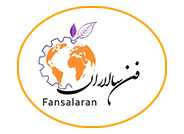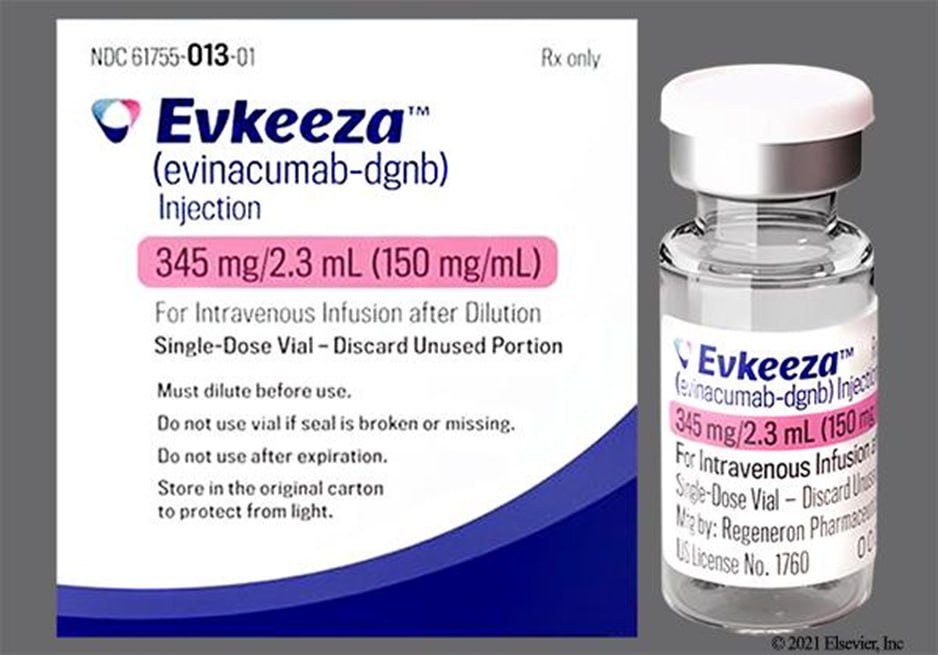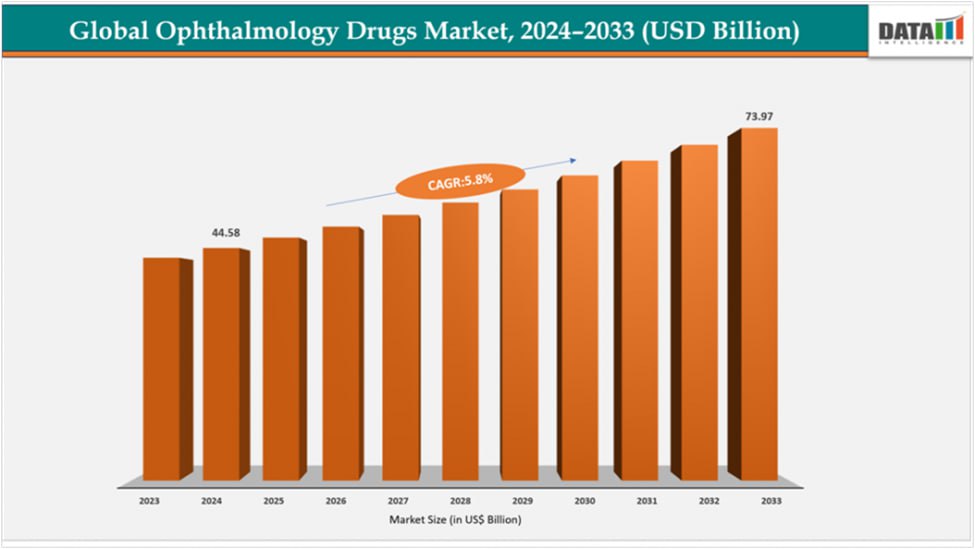The US Food and Drug Administration (FDA) has approved evinacumab (Evkeeza; Regeneron), a fully human monoclonal antibody that blocks angiopoietin-like 3 (ANGPTL3), as an adjunct to diet, exercise, and use of other lipid-lowering therapies (LLTs) for the treatment of children aged 1 to less than 5 years with homozygous familial hypercholesterolemia (HoFH), according to a news release from Regeneron.
Evinacumab’s Past Indications
This is the third approval for evinacumab’s HoFH indication. In 2021, the medication was approved for patients aged 12 and older with HoFH, and in 2023, the indication was expanded to include children aged 5 through 11 years. Original clinical trial data has demonstrated that evinacumab can lower low-density lipoprotein cholesterol (LDL-C) by up to 50% compared with placebo in this patient population.
Approval for this new indication was based on safety and efficacy data gathered from 6 children living with HoFH who took part in the United States expanded access program or compassionate use program for evinacumab. Among this cohort, there were no new safety concerns identified, with the most common adverse reactions consisting of nasopharyngitis, influenza-like illness, dizziness, rhinorrhea, nausea, and fatigue. The patients in this cohort elicited similarly robust reductions in LDL-C, demonstrating continued efficacy in younger patients harboring the rare and serious disease.
“The approval of [evinacumab] for children as young as 1 year of age addresses a critical unmet need for those with homozygous familial hypercholesterolemia, a life-threatening condition that causes extraordinarily high LDL-C levels from birth,” Katherine Wilemon, founder and CEO of the Family Heart Foundation, said in the news release.
What is HoFH?
HoFH is a life-threatening condition characterized by significantly elevated circulating levels of LDL-C and accelerated atherosclerotic cardiovascular disease (ASCVD). It is the most serious form of familial hypercholesterolemia, and incredibly rare, with only 1300 people affected in the US annually. HoFH differs from the heterozygous form of the disease as it is genetically inherited, which results in dangerously high LDL-C levels—often higher than 400 mg/dL.
Ultimately, patients with HoFH are at a significantly increased risk for cardiac events and premature ASCVD as early as their teenage years. Unfortunately, many patients do not receive a diagnosis and initiate treatment until later in life. For younger patients, treatment options are lacking, making it especially critical that evinacumab can now fill that gap and allow for more prompt HoFH management.
“Families and their medical teams will now have an effective treatment option for these very young children who are at risk of serious complications from diseased arteries and calcified valves without timely and sufficient LDL-C lowering,” Wilson continued. “This development underscores the importance of, and urgency needed in, identifying children with FH through pediatric screenings in accordance with guidelines.”






